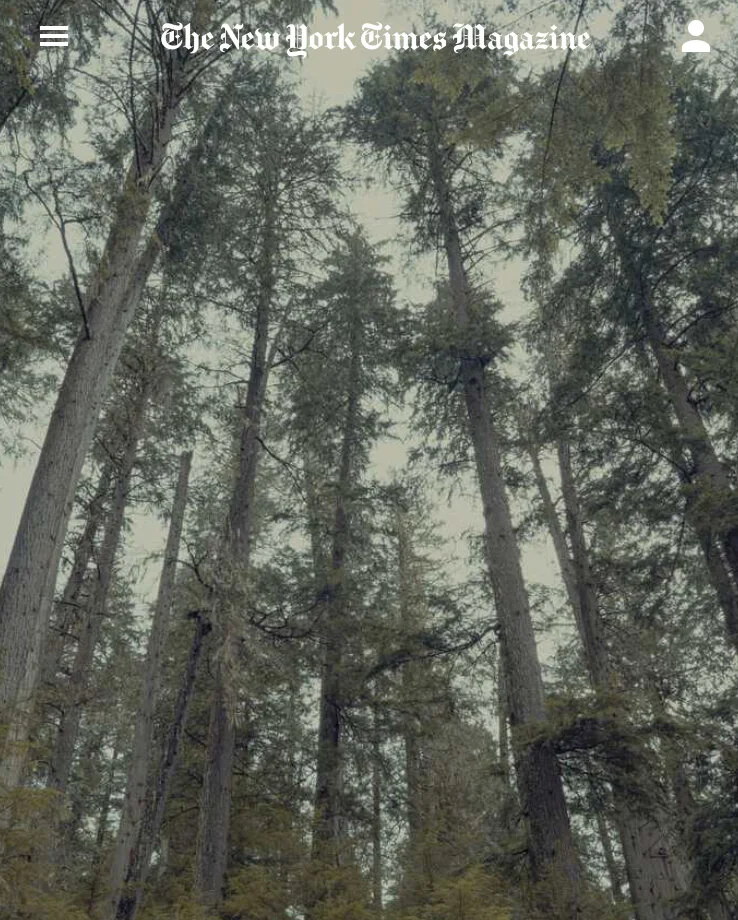Recommended reading: The social life of forests
Image by Brendan George Ko, who took all the photographs in the article.
My friend Sarah sent me an article from The New York Times Magazine by Ferris Jabr titled, ‘The social life of forests’ which focuses on research by Canadian professor of forest ecology, Suzanne Simard. ‘By analysing the DNA in root tips and tracing the movement of molecules through underground conduits, Simard has discovered that fungal threads link nearly every tree in a forest – even trees of different species.’
It’s a fascinating read, not only for tree lovers but those interested in how everything on our home planet – everything – is connected.
Here are some excerpts:
As I knelt beneath that whitebark pine, staring at its root tips, it occurred to me that my whole life I had never really understood what a tree was. At best I’d been aware of just one half of a creature that appeared to be self-contained but was in fact legion – a chimera of bewildering proportions.
…
Through a process called horizontal gene transfer, fungi, plants and animals – including humans – have continuously exchanged DNA with bacteria and viruses. From its skin, fur or bark right down to its genome, any multicellular creature is an amalgam of other life-forms. Wherever living things emerge, they find one another, mingle and meld.
Five hundred million years ago, as both plants and fungi continued oozing out of the sea and onto land, they encountered wide expanses of barren rock and impoverished soil. Plants could spin sunlight into sugar for energy, but they had trouble extracting mineral nutrients from the earth. Fungi were in the opposite predicament. Had they remained separate, their early attempts at colonisation might have faltered or failed. Instead, these two castaways – members of entirely different kingdoms of life – formed an intimate partnership. Together they spread across the continents, transformed rock into rich soil and filled the atmosphere with oxygen.

